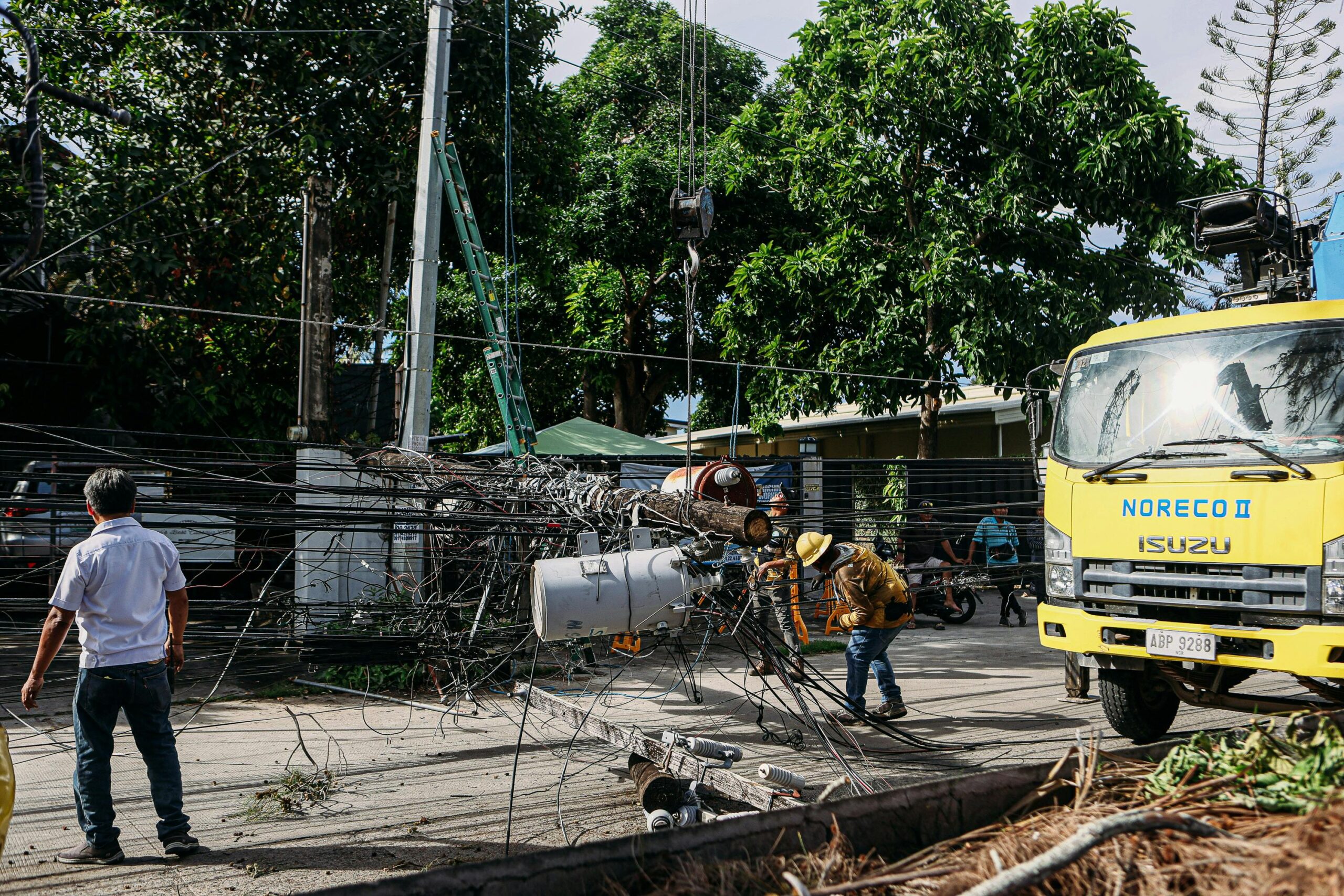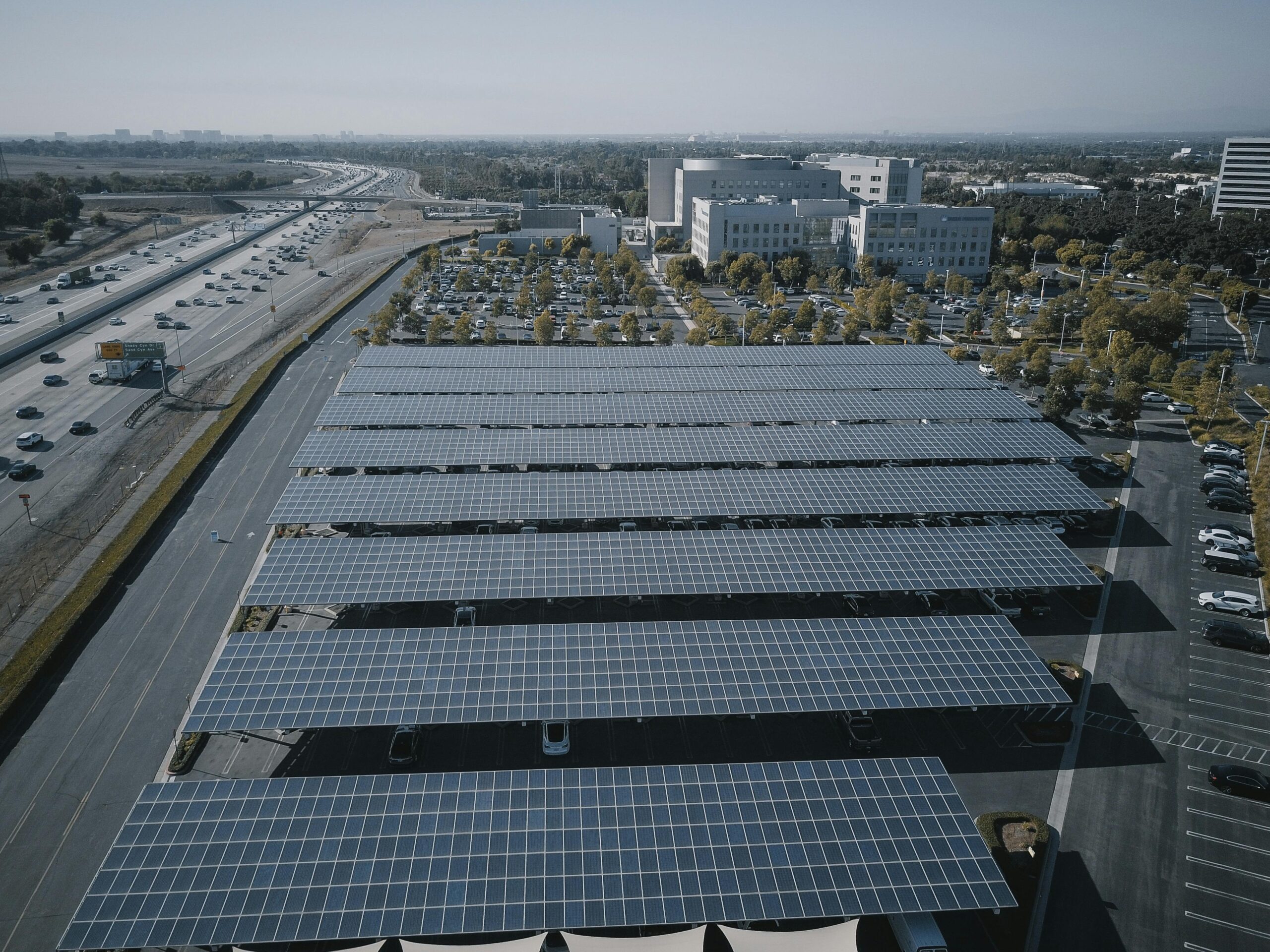Predictive maintenance infrastructure is revolutionizing how industries manage equipment, reduce downtime, and optimize operational costs through data-driven insights and advanced analytics.
🔧 Understanding the Foundation of Predictive Maintenance
In today’s rapidly evolving industrial landscape, organizations are shifting from reactive and preventive maintenance strategies to more sophisticated predictive approaches. Predictive maintenance infrastructure represents a comprehensive ecosystem of technologies, processes, and methodologies designed to anticipate equipment failures before they occur. This proactive approach leverages real-time data collection, advanced analytics, and machine learning algorithms to identify patterns and anomalies that signal potential issues.
The infrastructure supporting predictive maintenance consists of multiple interconnected components working in harmony. Sensors attached to machinery continuously monitor parameters such as temperature, vibration, pressure, and acoustic emissions. These sensors feed data into centralized platforms where sophisticated algorithms process information in real-time, enabling organizations to make informed decisions about maintenance scheduling and resource allocation.
Traditional maintenance approaches often result in either premature part replacement or unexpected equipment failures. Predictive maintenance infrastructure eliminates this guesswork by providing accurate forecasts based on actual equipment condition rather than arbitrary time intervals or reactive responses to breakdowns. This fundamental shift represents a quantum leap in operational efficiency and asset management.
📊 Core Components of Effective Predictive Maintenance Systems
Building a robust predictive maintenance infrastructure requires careful integration of several critical components. Each element plays a specific role in the overall ecosystem, and their seamless interaction determines the system’s effectiveness.
Sensor Technology and IoT Integration
The foundation of any predictive maintenance system begins with comprehensive sensor deployment. Modern IoT sensors have become increasingly sophisticated, offering wireless connectivity, extended battery life, and multi-parameter monitoring capabilities. These devices can detect minute changes in equipment behavior that human observation would miss entirely.
Vibration sensors identify imbalances and misalignments in rotating equipment. Temperature sensors detect overheating conditions that precede bearing failures. Acoustic sensors can identify unusual sounds indicating component wear. Oil analysis sensors monitor contamination levels and particle counts in lubricants. When deployed strategically across critical assets, these sensors create a comprehensive monitoring network that provides complete visibility into equipment health.
Data Collection and Connectivity Infrastructure
Raw sensor data must travel efficiently from equipment to processing platforms. This requires robust connectivity infrastructure capable of handling high-volume data streams. Industrial wireless networks, edge computing devices, and cloud connectivity solutions form the backbone of data transmission systems.
Edge computing has emerged as a crucial element in modern predictive maintenance infrastructure. By processing data closer to its source, edge devices reduce latency, minimize bandwidth requirements, and enable faster response times. This distributed computing approach allows for real-time alerts while maintaining continuous data flow to centralized analytics platforms.
Analytics Platforms and Machine Learning
The true power of predictive maintenance infrastructure lies in its analytical capabilities. Advanced platforms employ machine learning algorithms that learn from historical data patterns, continuously improving their predictive accuracy. These systems can identify correlations between multiple variables that human analysts might overlook.
Artificial intelligence models process vast datasets to recognize early warning signs of impending failures. Anomaly detection algorithms flag deviations from normal operating parameters. Remaining useful life (RUL) calculations provide precise estimates of how long equipment can continue operating before maintenance intervention becomes necessary.
💡 Transformative Benefits Across Industries
Organizations implementing comprehensive predictive maintenance infrastructure experience transformative benefits that extend far beyond simple cost savings. These advantages compound over time as systems become more refined and organizational processes adapt to leverage predictive insights.
Dramatic Reduction in Unplanned Downtime
Unplanned equipment failures represent one of the most costly challenges facing industrial operations. Production stops, emergency repairs, expedited parts shipping, and lost revenue create cascading financial impacts. Predictive maintenance infrastructure addresses this challenge by providing advance warning of potential failures, allowing maintenance teams to schedule interventions during planned downtime windows.
Manufacturing facilities report downtime reductions of 30-50% after implementing predictive maintenance systems. Energy sector operations have extended mean time between failures (MTBF) by similar margins. These improvements translate directly to increased production capacity and revenue generation without additional capital investment in equipment.
Optimized Maintenance Resource Allocation
Maintenance departments often struggle with resource allocation decisions. Predictive maintenance infrastructure provides data-driven prioritization, ensuring that technicians focus efforts where they’re most needed. Work orders are generated automatically when equipment conditions warrant intervention, eliminating guesswork and reducing unnecessary inspections.
Spare parts inventory management becomes significantly more efficient. Organizations can maintain leaner inventories while ensuring critical components are available when needed. This optimization reduces working capital requirements while eliminating the risk of production delays due to parts shortages.
Extended Asset Lifespan and Performance
Equipment operated under optimal conditions with timely maintenance interventions lasts substantially longer than assets subjected to reactive maintenance approaches. Predictive maintenance infrastructure ensures that machinery operates within designed parameters, preventing cascading damage that accelerates wear.
Motors maintained based on actual condition rather than fixed schedules can operate years beyond their expected service life. Pumps, compressors, and other critical equipment exhibit similar longevity improvements. These extensions represent significant capital expenditure deferrals and improved return on asset investments.
🚀 Implementation Strategies for Maximum Impact
Successfully deploying predictive maintenance infrastructure requires strategic planning and phased implementation. Organizations that approach this transformation methodically achieve better outcomes and faster return on investment than those attempting comprehensive overnight changes.
Prioritizing Critical Assets
Not all equipment requires the same level of monitoring sophistication. Begin implementation by identifying critical assets whose failure would have the most significant operational or financial impact. Conduct criticality assessments that evaluate factors including replacement cost, production impact, safety implications, and failure frequency.
Focus initial deployments on high-value assets where predictive maintenance will deliver the most substantial benefits. This targeted approach demonstrates value quickly, building organizational support for expanded implementation. Success stories from pilot programs help overcome resistance and secure resources for broader deployment.
Building Cross-Functional Teams
Effective predictive maintenance infrastructure requires collaboration between maintenance, operations, IT, and data science teams. Establish cross-functional working groups that bring together diverse expertise and perspectives. Maintenance technicians provide practical knowledge about equipment behavior. Data scientists develop analytical models. IT professionals ensure robust connectivity and cybersecurity. Operations leaders align maintenance strategies with production goals.
These collaborative teams should establish clear communication protocols, shared performance metrics, and regular review processes. Breaking down organizational silos enables faster problem-solving and more effective system optimization over time.
Developing Data-Driven Culture
Technology alone doesn’t guarantee success. Organizations must cultivate a culture that values data-driven decision-making and continuous improvement. This cultural transformation requires training programs that help team members understand predictive maintenance principles and develop comfort with analytical tools.
Recognize and celebrate wins when predictive insights prevent failures or optimize maintenance schedules. Share case studies internally that demonstrate the infrastructure’s value. Create feedback mechanisms where frontline workers can contribute observations that refine predictive models.
⚡ Overcoming Common Implementation Challenges
Despite its compelling benefits, predictive maintenance infrastructure implementation presents challenges that organizations must address proactively. Understanding these obstacles and developing mitigation strategies increases the likelihood of successful deployment.
Data Quality and Integration Issues
Predictive models are only as good as the data they receive. Inconsistent sensor calibration, connectivity gaps, and legacy system integration challenges can compromise data quality. Establish rigorous data governance practices including regular sensor calibration schedules, data validation protocols, and cleansing procedures.
Many organizations struggle integrating predictive maintenance platforms with existing enterprise systems like CMMS, ERP, and SCADA. Invest in middleware solutions and APIs that facilitate seamless data exchange. Prioritize platforms with proven integration capabilities and strong vendor support.
Skills Gap and Training Requirements
Predictive maintenance infrastructure requires new skill sets that many maintenance teams lack. Technicians accustomed to reactive troubleshooting must learn to interpret predictive analytics and act on forecasted issues. Data analysts need to understand equipment mechanics and failure modes.
Address this challenge through comprehensive training programs combining technical education with hands-on experience. Partner with technology vendors who offer training resources. Consider hiring or developing specialists in reliability engineering and predictive analytics who can serve as internal champions and knowledge resources.
Cybersecurity Concerns
Connected sensors and networked analytics platforms expand the attack surface for cyber threats. Industrial systems historically operated in isolated networks, but predictive maintenance infrastructure requires connectivity that introduces vulnerabilities. Implement robust cybersecurity measures including network segmentation, encryption, access controls, and continuous monitoring.
Conduct regular security assessments and penetration testing. Establish incident response protocols specifically addressing industrial control system scenarios. Balance connectivity requirements with security imperatives through defense-in-depth strategies that protect critical assets while enabling predictive capabilities.
🌟 Future Trends Shaping Predictive Maintenance
The predictive maintenance landscape continues evolving rapidly as emerging technologies create new possibilities. Organizations planning infrastructure investments should consider these trends to ensure their systems remain relevant and competitive.
Digital Twin Integration
Digital twins—virtual replicas of physical assets—are becoming increasingly integrated with predictive maintenance infrastructure. These sophisticated models simulate equipment behavior under various conditions, enabling more accurate failure predictions and optimization scenarios. Digital twins allow organizations to test maintenance strategies virtually before implementing changes in physical environments.
As digital twin technology matures and becomes more accessible, its integration with predictive maintenance systems will enable unprecedented levels of insight and control. Organizations can simulate years of equipment operation in hours, identifying potential issues and optimization opportunities that traditional approaches would never reveal.
5G and Advanced Connectivity
Fifth-generation wireless networks promise to transform industrial connectivity with ultra-low latency, massive device density, and exceptional reliability. These capabilities will enable more comprehensive sensor deployment, real-time video analytics for visual inspection, and augmented reality applications that overlay predictive insights onto physical equipment.
5G networks will support predictive maintenance applications requiring instantaneous data transmission and processing. High-speed connectivity enables more sophisticated edge computing applications while maintaining robust cloud platform integration for advanced analytics and long-term data storage.
Autonomous Maintenance Systems
The ultimate evolution of predictive maintenance infrastructure involves autonomous systems that not only predict failures but automatically initiate corrective actions. Robotic maintenance systems guided by predictive analytics can perform routine tasks like lubrication, tightening, and component adjustments without human intervention.
While fully autonomous maintenance remains largely futuristic, early implementations are emerging in controlled environments. As robotics, artificial intelligence, and predictive analytics continue advancing, autonomous maintenance systems will become increasingly practical and widespread.
📈 Measuring Success and Continuous Improvement
Implementing predictive maintenance infrastructure represents a significant investment requiring clear metrics to evaluate performance and justify continued resource allocation. Establish comprehensive measurement frameworks that track both operational and financial outcomes.
Key performance indicators should include reduction in unplanned downtime hours, maintenance cost per unit of production, mean time between failures, prediction accuracy rates, and spare parts inventory turnover. Financial metrics like return on investment, total cost of ownership, and maintenance cost avoidance provide executive-level visibility into program value.
Create regular review processes that examine these metrics, identify improvement opportunities, and refine predictive models based on actual outcomes. Predictive maintenance infrastructure becomes more valuable over time as machine learning algorithms accumulate more data and operators become more proficient at interpreting insights and taking appropriate actions.

🎯 Strategic Advantages in Competitive Markets
Beyond operational improvements, predictive maintenance infrastructure provides strategic advantages that enhance competitive positioning. Organizations with superior asset reliability can offer better customer service, faster delivery times, and more competitive pricing. Production capacity increases without corresponding capital expenditure enable market share growth and margin expansion.
Companies known for reliability attract premium customers and build stronger brand reputations. Investors increasingly value operational excellence and digital transformation, rewarding organizations with sophisticated predictive maintenance capabilities through higher valuations. In industries where margins are tight and competition intense, the efficiency gains from predictive maintenance infrastructure often represent the difference between market leadership and obsolescence.
The journey toward maximizing efficiency through predictive maintenance infrastructure requires vision, investment, and commitment. Organizations that embrace this transformation position themselves for sustainable success in increasingly competitive global markets. The power of predicting and preventing failures rather than reacting to them represents a fundamental competitive advantage that compounds over time, creating value that extends far beyond maintenance departments to touch every aspect of business performance.
Toni Santos is an urban innovation writer and researcher dedicated to exploring how technology, sustainability, and design are reshaping the cities of tomorrow. With a deep interest in smart infrastructure and human-centered development, Toni studies how data-driven systems and green technologies can create more livable, resilient, and efficient urban environments. Fascinated by sustainable architecture, IoT integration, and next-generation mobility, Toni’s work connects environmental awareness with digital transformation. Through research and storytelling, he examines how intelligent planning and renewable innovation can redefine the relationship between people and their cities. Blending urban design, environmental science, and systems thinking, Toni documents the breakthroughs that are reimagining how we build, move, and coexist. His work highlights the architects, engineers, and technologists leading the charge toward smarter, greener futures. His work is a tribute to: Green architecture as the foundation for sustainable living IoT innovation shaping the infrastructure of connected cities Mobility systems and renewable energy driving urban transformation Whether you’re an architect, engineer, or city planner, Toni Santos invites you to explore the technologies and ideas building the smart, sustainable cities of the future — one street, one system, one vision at a time.




